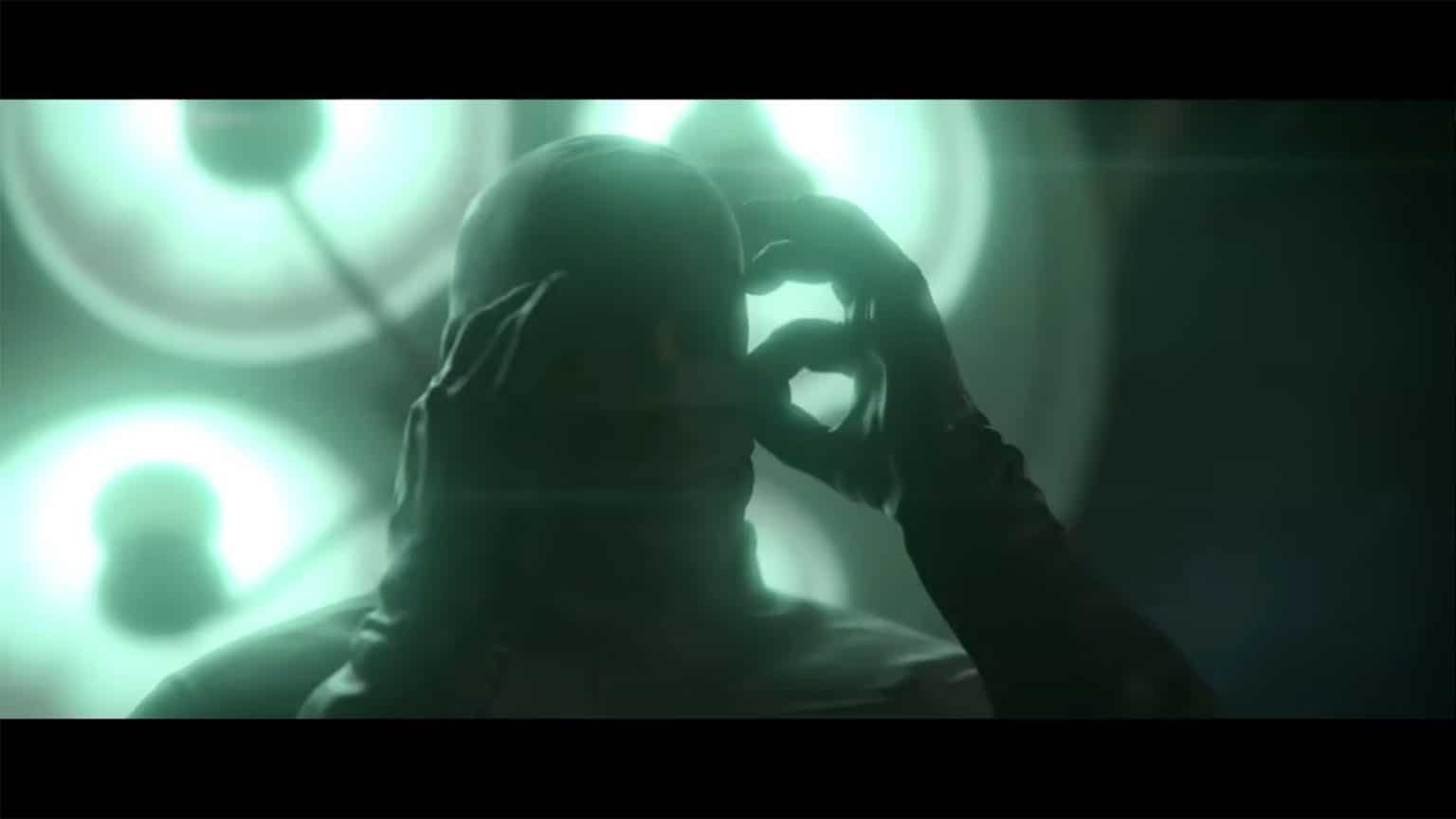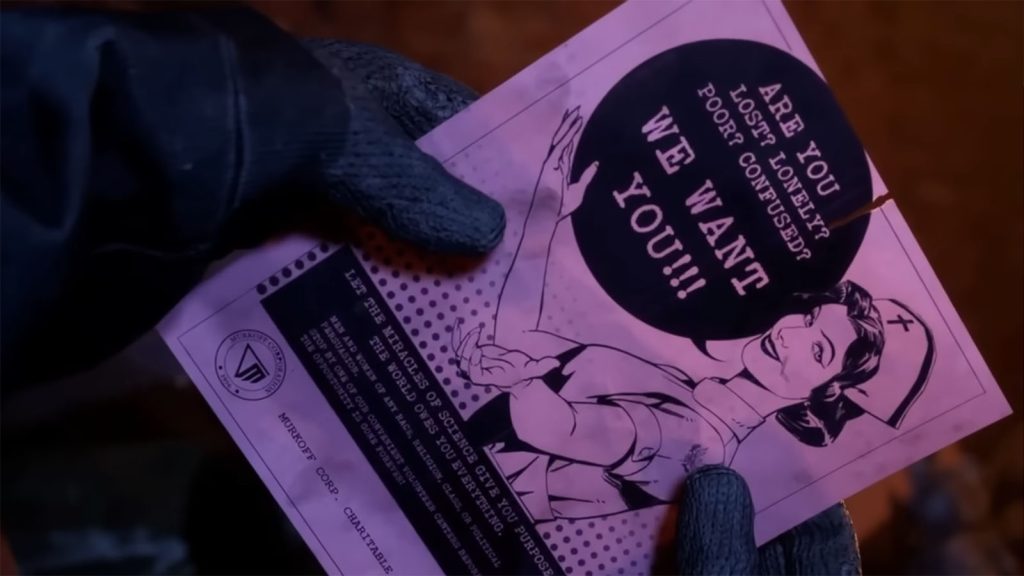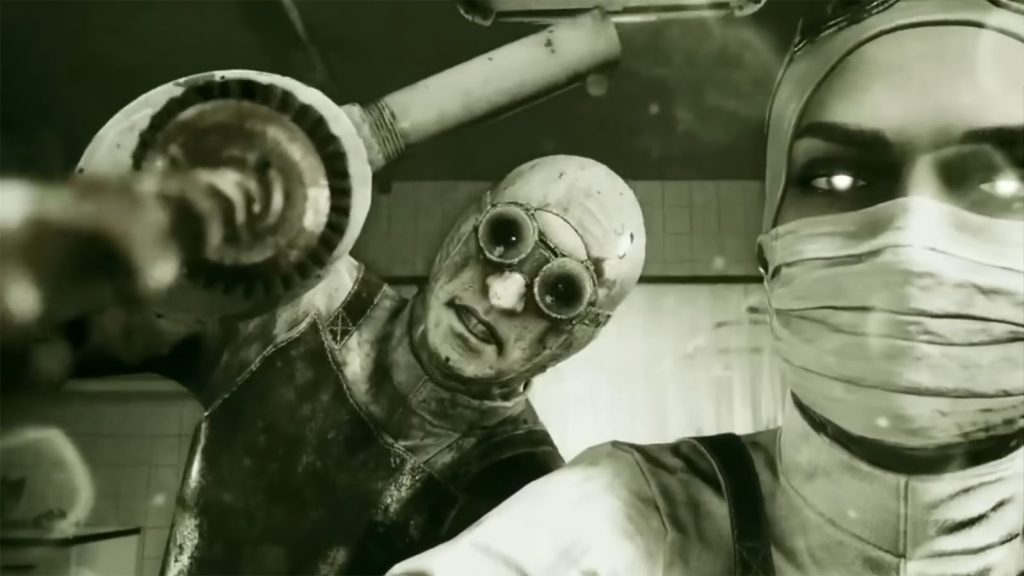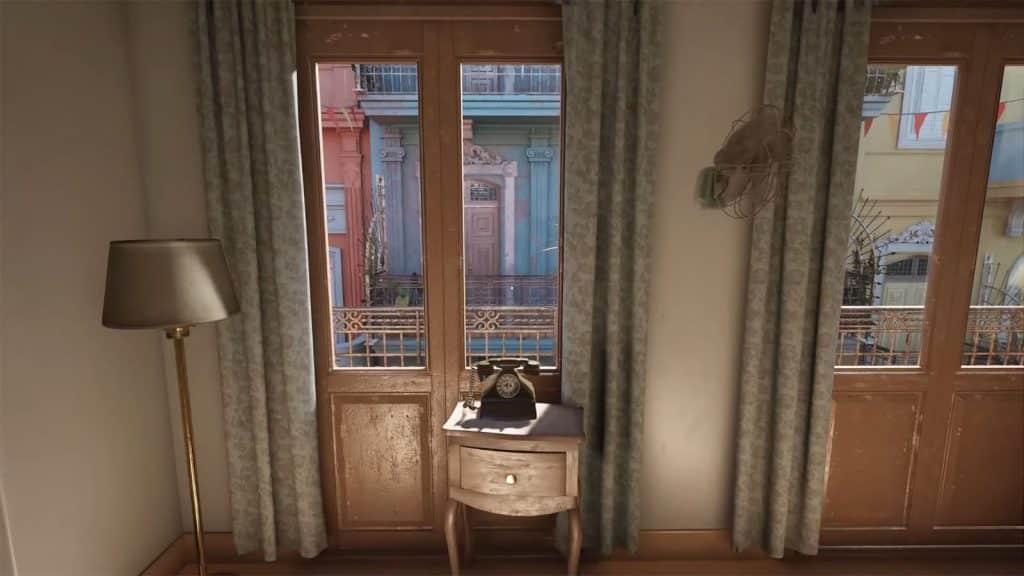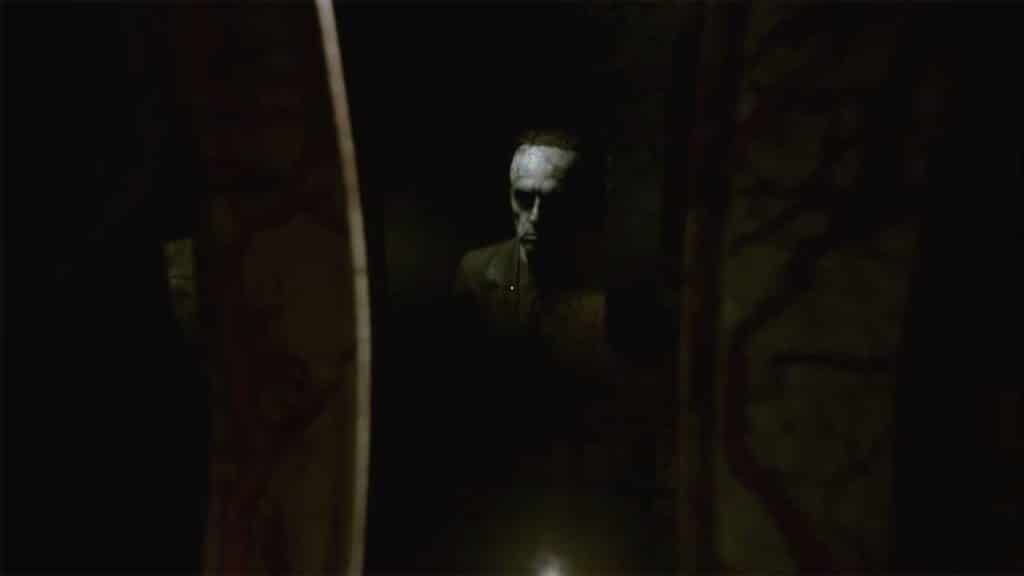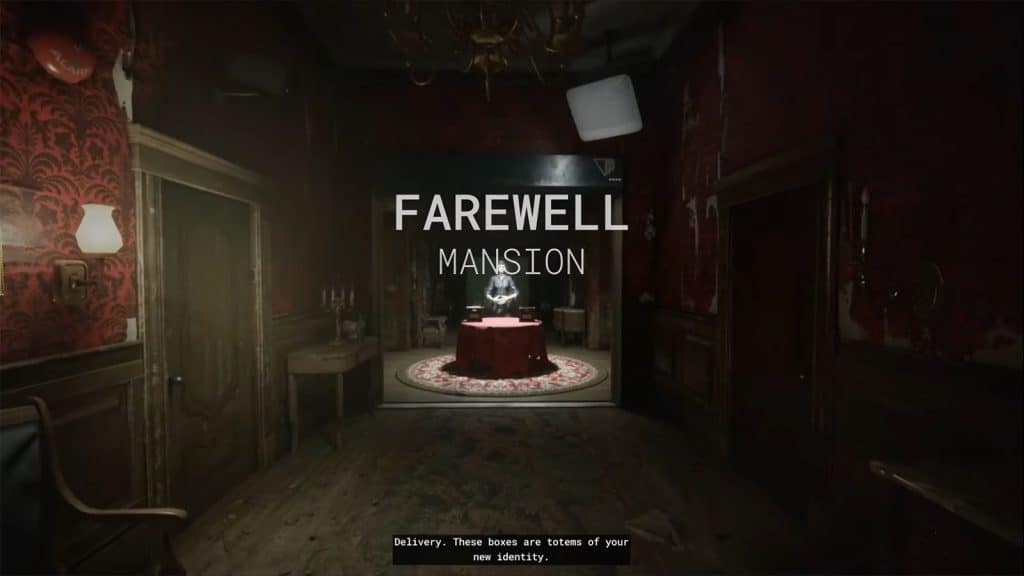The Outlast Trials is the newest game set within the Outlast universe. In this game, the organization known as Murkoff Corporation has been operating under the guise of a charitable organization but is actually abducting people to turn them in as test subjects for their heinous and twisted experiments. Despite only being in its early access state, players of The Outlast Trials can already play through its campaign trials and get to the game’s supposed ending.
Read ahead as we look into The Outlast Trials’ ending and talk about what players could expect with the game moving forward, and how it ties up to the first two games.
A brief summary of The Outlast Trials
The game starts off showing how people get lured into joining the mysterious Murkoff Corporation. In many of their posters, the organization promises troubled participants that they can be reborn into a new life as a new person. However, this promise is just a façade, as once they get their participants into their facility, they are converted into test subjects for their demented trials. All these trials are done in the effort to subject these individuals to crushing stress and break them enough to make it easier to put them under mind control.
All of these events are happening in the 1950s, at the height of the Cold War, which also suggests that the motivation behind these trials was to come up with biological weapons that could be used against the enemies of this war.
The test subjects, known as Reagents, are tasked with completing several trials in underground chambers built to replicate certain areas like the police station, the Fun Park, and the orphanage. These locations are also populated by animatronic mannequins to make the sets look lively.
However, other hostile entities patrol these locations. Known as Ex-Pops, these individuals were once Reagents who failed the trials and turned into monsters. Some of these individuals, like Mother Gooseberry and Leland Coyle, have shown more enhanced capabilities, becoming deadlier than the rest of the Ex-Pops. Because of this, the facility decided to let them roam around the locations to add extra challenges to their trials.
The Outlast Trials Ending Summary
After surviving through dozens of trials, Reagents are given the chance to be reborn and freed from the facility by undergoing another set of trials known as Program X and finally undertaking the final Farewell trial under the Reagent Release Protocol.
In the final part of the Farewell trial, the Reagent is seen finding a door that is only for employees to use. Going through this door, they find themselves in a vast, infinite sea with a bright light over the horizon. As the Regent gets closer to this light, they pass out.
The Reagent then wakes up inside what appears to be a hotel room in the country of Cuba, as suggested by the Cuban flag hanging outside the window. It suggests that the Reagent has somehow gotten out of the facility and managed to get back into civilization. However, several clues inside this room appear to be telling something else.
After a few moments, the telephone rings, and a voice on the other end can be heard saying the words “spider, eye, lamb.” The Reagent’s vision then gets bloodshot and dark, and then they see the face of Dr. Easterman before the credits of the game roll.
The Outlast Trials Ending Explanation and Interpretations
This “freedom” that has been shown in the ending scene can be interpreted in two ways, with the first interpretation being the one that connects more to real-life history, while the second dives into a more sci-fi side of the story.
Interpretation #1: Reagent turns into a Sleeper Agent
Recalling the motivation of Murkoff Corporation’s trials, they aim to delve into the human psyche to turn their Reagents into the “perfect test subjects”, basically putting them under their control to do their bidding. The part where the Reagent passed through the door and into the infinite sea may just have been a hallucination, as their consciousness gets put into a deep sleep, suggesting that they have been successfully placed under mind control.
The setting of the events also gives a lot more nuance to this interpretation. The 1950s were when the Cold War happened. This was the time when spies and sleeper agents were sent by the warring countries to the enemy’s side to infiltrate, sabotage, or acquire classified information that could give them an advantage in the war. One of the major events that happened during this war was the Cuban missile crisis, which explains why the Reagent found themselves in Cuba.
It is possible that this was also the first time since deployment that the Reagent was allowed to regain consciousness, suggesting that they may have already completed parts of their mission. The shoe stains on the floor, the bloodied hands, and the stains on the sheets could also tell that the Reagent just came back from a mission. This moment was only brief, as they were put back to sleep upon hearing the activation code through the phone call.
As to how the player manages to get back into the facility, the game does mention that as one Reagent gets freed from the facility, another test subject will replace them. This is why players have to create a new character every time they go back to the facility after completing the Reagent Release Protocol. The reason why players get to keep their progression every run can just be chalked up as part of the game’s mechanics.
Interpretation #2: “This is the Dream” (Reagent remains as a Test Subject)
In this interpretation, the Reagent can just be considered as being placed under a recurring hallucination that is heavy enough that it twists their perception of reality. Still under the control of the facility, the Reagent may have just been placed in some sort of stasis and kept in this dream-like state until they are needed again to go through more trials.
This interpretation relies on the messages that appear after a certain number of rebirths. Messages such as “This is the dream“, “You are still inside“, and “Jump, don’t let them win” will start appearing in certain places within the hotel room where the Reagent wakes up.
It is unclear who left these messages—if it was the Reagent themselves during one of their lucid moments, or if it may have been someone else. If it was a different person, they may have been the same person, possibly a facility worker, who left the shoe stains inside the room—a room that may just have been the same sleeping quarters the Reagent has been staying in inside the facility, just through a heavily hallucinated perception.
As mentioned, this interpretation leans towards the more sci-fi side of things, and the technology to be able to do this will feel anachronistic with respect to the era that the game is set in. Then again, just after a few decades, the Morphogenic Engine gets built in this universe, and what we see in this ending may just be the first instance of what it looks like from the perspective of the person who gets placed inside the engine to control the Walrider.
Still, the messages in the room could also just be interpreted as the Reagent is still operating under the organization’s control, which circles back to interpretation #1.


